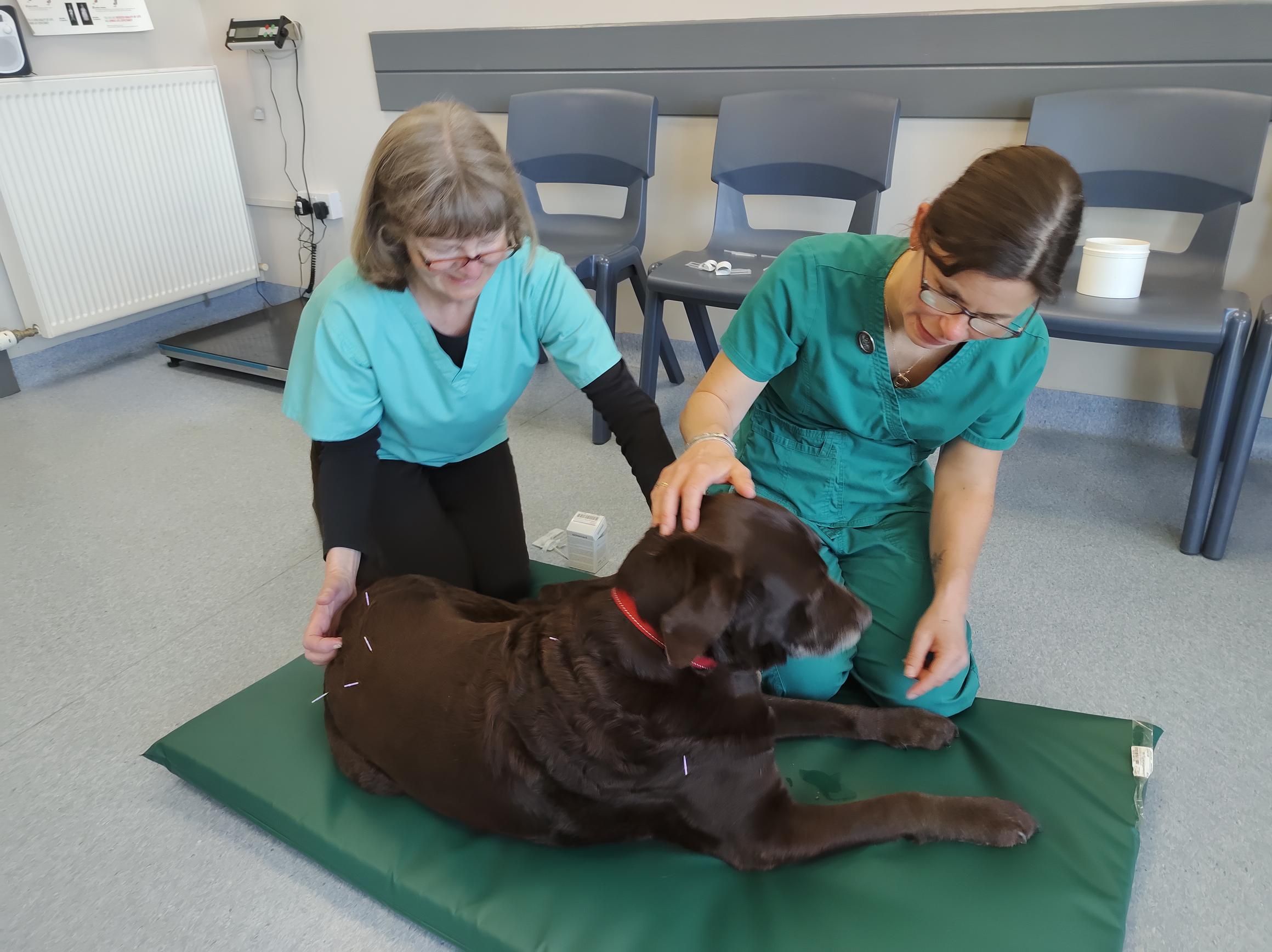Acupuncture can be used to help manage a number of conditions. It involves insertion of fine
needles through the skin, often at specific acupuncture points.
There are two types of acupuncture:
- Traditional Chinese medicine, which is a holistic approach using key points to restore and maintain the body’s natural balance
- The Western scientific approach, which involves needling at specific anatomical sites and particularly painful points called trigger points. It is often used alongside additional pain relief but can reduce reliance on medication and has a particular role in chronic pain management where medication is not tolerated or no longer effective.


